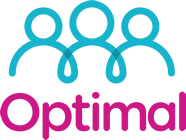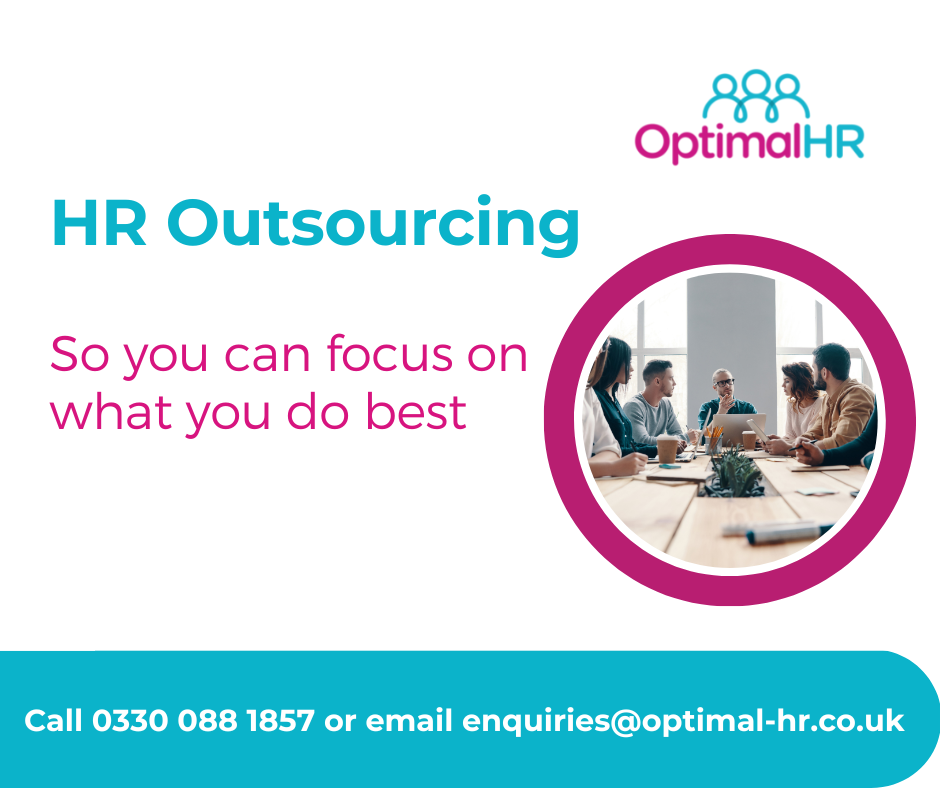Hybrid working – the best thing since sliced bread or just another challenge for HR professionals to overcome?
Remember when everyone started referring to the new normal? Well, in the world of employment, it arrived mid to late last year, calling itself hybrid working.
All of a sudden, everyone wanted to switch to a hybrid model. Mainly because of the pandemic causing restrictions on conversing with others and subsequent encouragement to have fewer people in one workspace than before. Some companies who had never entertained hybrid in the past were doing so in their droves. And realising they quite liked it, too!
Some six months or so later, many are now taking the time to assess its merits. It seems this shiny new thing wasn’t all great. Because nothing is ever wholly challenge-free, and hybrid is no different.
So, today, on behalf of those business owners and HR professionals considering making a move to a hybrid model, we’re putting the top 5 challenges under the microscope for a detailed look.
1-Reassessing your facility
With a hybrid workforce meaning your office headcount has reduced, you might immediately think of reducing the space in which you operate too. No need for a city-based, contemporary building with all the bells and whistles if no one is there to use them.
But is this the correct thing to do? In the short-term, no. The pandemic has demonstrated the importance of flexibility and how change can occur in a heartbeat. What looks like a smaller in-office workforce today may revert tomorrow (depending on your longer-term strategy for hybrid working). Best to sit on the fence a while, assess your needs over six months before opting for somewhere with less space for the sake of saving on a few bills.
2-Inconsistent schedules
Let’s be clear, in a past life with an entire office-based workforce, flexibility seemed limited. Even with strategies such as flexi-time in place, most workers would remain committed to certain core working hours across the standard five-day week, Monday to Friday. Everyone knew their place.
With all the will in the world, allowing a hybrid structure at work can lead to severe issues with scheduling.
It depends on the rigidity of your structure, of course. For most companies, hybrid working is better with a set schedule for all to follow. It means everyone knows and appreciates where they need to be and when. The last thing you want to encourage with hybrid working is for staff to come and go entirely as they please. It is highly disruptive, not to mention an opportunity to limit productivity with staff now ‘ships passing in the night’ without an option for team meetings or, worse, cohesion.
3-Missed training opportunities
Once your staff begin working remotely, the chance of them missing vital training increases. Sure, some training lends itself to online delivery. Yet, practical sessions are often better done physically and should not be overlooked – particularly if you want to avoid a drop in people’s ability, not to mention their confidence.
If you’re considering hybrid working, don’t overlook your staff’s training needs. It might require a detailed assessment of your current training plan to see what can move online and what needs to stay face2face, then revamping this to suit the new working environment. Make sure to set any training required physically when the team visits the office, a chance to upskill and progress together as a team – helpful to everyone, regardless of their role.
Adjusting to trust-based productivity
It’s not easy making this switch when you’re used to having a team around you most of the week. Asides from knowing where they are between the core business hours, you can see first-hand what they’re doing each day. How can you trust them to stay productive with all the distractions of home?
As a manager, there will likely be a team member or two where trust is a concern. There are ways to deal with this without impacting the wider team, of course – implementing a reporting system including regular pre-planned catch-ups, for starters. And yes, without seeing your teams working, it might leave you wondering what it is they’re doing – although don’t let it become an issue unless you see a drop in their productivity. Keep a close eye on the situation, but not too close, and address concerns quickly before too much doubt creeps in.
Increased mental health issues
Now, it’s fair to say concerns around mental health may stem from any or all of the above points. And there are several more considerations worth a mention, too.
-Less interaction with your staff: or, “out of sight, out of mind” syndrome
One challenge with hybrid working is seeing staff much less regularly than before. Sure, there might be regular video conferencing catch-ups, but we all appreciate how limiting these can be for deep and genuine conversations.
Of course, hybrid is a mix of both in-person and remote-based working therefore, it doesn’t lose the opportunity altogether for face-to-face catch-ups. Up to you, then, as a leader or HR professional, to ensure the days earmarked for staff to attend site, you make sure these are the days when those meetings happen.
-Reduced hands-on support
Some team members might think they love working remotely until they actually have to. Off they go, to where the grass is greener, only to realise it’s precisely this – a pasture that sounded amazing but isn’t so great without people to share it with, including a Manager!
Some humans need their leader on hand to tap into regularly for guidance. If this is true of any of your team, you will need to cater to them accordingly, which could pose an issue or two around timing. These workers will need to spend more time working in the office than remotely, and both of your schedules have to sync for this to work.
-Less people cohesion
Creating a joined workforce is not easy, but it’s essential.
Cohesion has never been more critical than it is today. Remember, we have all been a long time apart these past two years, and some businesses have people who joined mid pandemic still to meet their peers in the flesh. It’s time to up your culture game with initiatives to bring people closer physically and emotionally. Not only reconnecting with one another with your brand’s very essence.
Make sure any hybrid model includes regular opportunities to come together physically – company-wide meetings, events or away days. Show everyone you genuinely care for your people and their wellbeing.
What can you take away from our top 5 challenges to hybrid working?
It’s a lot to think about and essential when considering the move to hybrid working. Just because it’s on-trend right now doesn’t mean it suits your organisation. As with all things HR policy, make sure you do your homework before implementing any changes.
In need of some HR advice? Wherever you are in the UK, you can arrange a chat with one of our friendly professional HR advisors at any time.
Call us on 0330 0881857 or email enquiries@optimal-hr.co.uk
We’re also on Facebook, Twitter, Instagram and LinkedIn!










